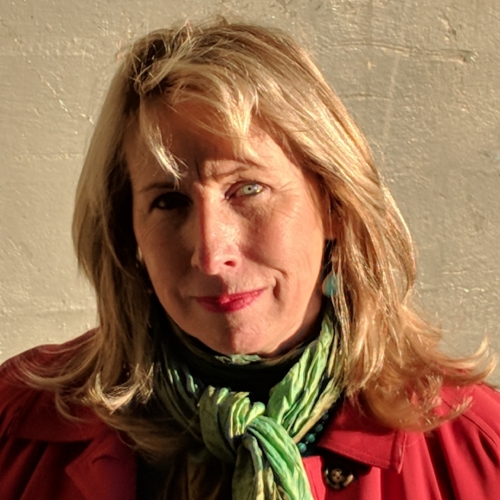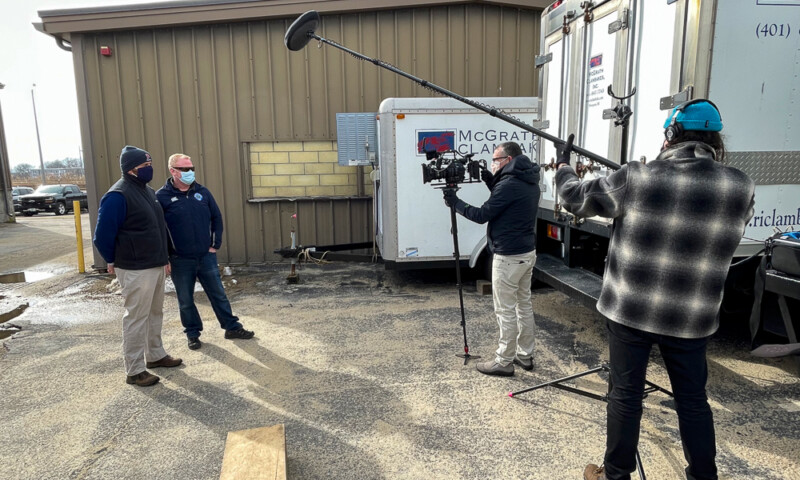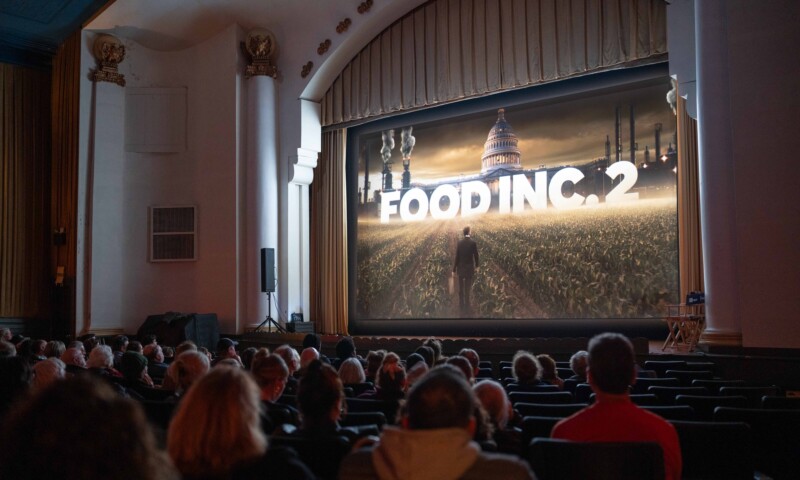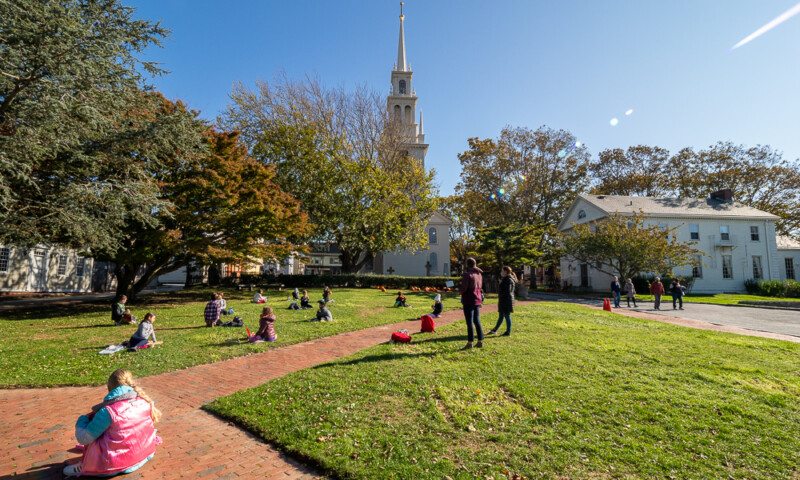By Nancy Austin, PhD – newportFILM Outdoors Summer 2018 Humanities Blogger
With support from the Rhode Island Council on the Humanities (RICH)
Join newportFILM for a free outdoor screening of Science Fair on August 9, 2018. The venue is the former Summer White House of U.S. President Eisenhower (1953-1961) who advocated for American science education excellence after the Soviet launch into space of Sputnik, the world’s first artificial satellite, on October 4, 1957.
Rightly described as a heartwarming and hilarious documentary about teenagers, Science Fair arrives on the horizon as contentious American conversations play out over education, facts, gender equality, and global competition. The science fair of the film’s title refers to the prestigious International Science and Engineering Fair (ISEF) that rocketed to dominance in 1958 in response to the wake-up call that was the 1957 Soviet launch of Sputnik, the world’s first artificial satellite. What new forms of hostile surveillance might be possible from Soviet electronic dominance of near or outer space? President Eisenhower signed the bill creating NASA on July 29, 1958 and the space race was on. To succeed, there was a pressing mission to educate a new generation of scientists and engineers willing and ready to innovate this next frontier future. The force field legacy of the Sputnik challenge is still shaping priorities, sixty years later.
Since 1958 the International Science and Engineering Fair (now known as Intel ISEF) has become the premier international talent contest bringing to the United States-based competition each year about 1800 high school students from over 75 countries to present original research and compete for $5 million in prizes. This science fair’s mission is “identifying, inspiring, and engaging the world’s next STEM generation.” One measure of ISEF’s success is the remarkable fact that recent teen competitors have already generated 500 patents at a time when U.S.- originated patents have slipped below 50% for the first time since Sputnik. (The figure was about 80% in 1963.)
The demand for STEM talent is as strong today as it was in 1958, and the pathways forward remain as unclear today as sixty years ago. We hear the numbers every day. The statistics on women and minorities majoring in engineering still hover around 20%, and in fact, the number of women majoring in computer science in college has declined from 28% in 1995 to 18% in 2014. Or, in cybersecurity there is a projected 3.5 million skilled person shortage. This is triggering innovative (and disruptive) new approaches to education and job preparedness – as seen in the Cyberseek Heat Map. But there is no national leadership on either Science or Education at the present, and time is slipping away. What to do?
The film’s approach to this problem is interesting because of its emphatic celebration of hope and generational renewal. Science Fair is the 29-year old co-director’s first feature-length documentary and it became the Sundance Audience Award winner this year in part for its ebullience. Cristina Costantini (@xtinatini) is an accomplished investigative journalist who previously has covered difficult topics on women and on immigration. The beginning of the Science Fair documentary project was a conscious effort to find a more uplifting story to tell. Costantini describes Science Fair as “a love letter to the subculture that saved me.”
When Costantini was a 14-year old self-professed Latina nerd from the Midwest, her science fair project on peer pressure and conformity won her entree to the ISEF tribe. She feels everything about the global meritocratic science fair experience expanded her sense of opportunity and confidence. It validated that she was smart and able to contribute new knowledge. She credits this opportunity with teaching her the transferable skills of critical thinking, rigorous research, presentation and pitching, and confident communication.
This 2018 Science Fair documentary focuses on science nerds and highlights future STEM talent. But it is worth pointing out that Costantini’s peak experience at Science Fair did not translate to a future career as a scientist. Rather, a rigorous science education background prepared her for a career as an investigative journalist, contributing in a different way. I see Costantini as a next-gen woman leader, leveraging the genre of the love letter to communicate to new audiences in new ways. As a Sputnik-era, science-educated nerd myself, I might step back here and argue that Costantini’s personal biography is particularly instructive now in her journey from the rigors of a STEM education to a contributing career as an investigative journalist. Media literacy matters more than ever in the spawning digital age of (mis)Information hybrid warfare. Whether you buy that the “Gerasimov Doctrine” is a coherent strategy to splinter civil society by undermining facts, critical thinking, expertise, and the voices of women and minorities, you don’t need to be a weatherman to feel there is an engaged fight for our common future underway right now. Maybe a love letter is what we all need right now, emotionally intelligent leadership that inspires and brings us together.
Please join newportFILM on August 9, 2018 for Science Fair, screening at 8:05pm outdoors at Eisenhower House (near Fort Adams) at 1 Lincoln Dr. Newport, RI 02840. This event is free and open to the public beginning at 6pm. BYO picnic with food truck options. Live music by the Bucks beginning at 6:50pm. Plan to stay after for discussion with co-director Darren Foster moderated by Brent Lang, Senior Film + Media Editor for Variety. What’s not to love about newportFILM!? Have comments to share? Join the discussion on the newportFILM blog.




